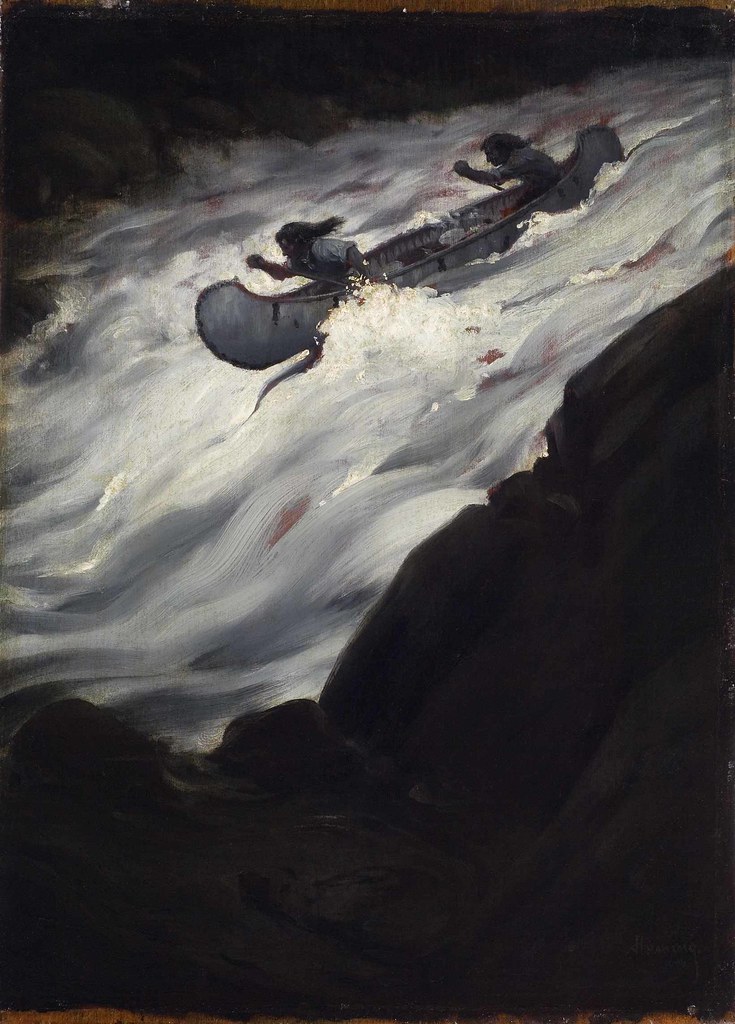Steve Martin Adds ‘Curator’ to His Wild and Crazy Résumé

LOS ANGELES — Steve Martin looked as if he were playing a fast-paced board game. Standing inside a gallery at the Hammer Museum here with its director and two curators, the tall actor was hunched over a small tabletop model of that very room.
The
four took turns placing and replacing tiny pictures on the tiny museum
walls. There was a lot of pointing and gesturing — though not quite the
wild gesticulation of Mr. Martin’s most memorable characters. The goal
was to hash out a preliminary arrangement of artworks before hanging the
actual paintings.
“That’s
a beautiful, moody iceberg picture,” Mr. Martin said, as an image no
bigger than a business card — this one showing a soaring, snowy mountain
peak — fell off a miniature wall.
Mr.
Martin reached over to pick up the small reproduction and handed it to
the museum’s director, Ann Philbin, who held the tape dispenser. “We’ve
got to use stronger tape when we hang the paintings,” he said, with
perfect comedic timing.
Yes,
this multifaceted actor, comedian, New Yorker writer, novelist,
semiprofessional magician and Grammy-winning banjo player, who has long
been a serious collector of modern American painting, is adding a new
role to his repertoire: art curator.
Working closely with two seasoned curators, Cynthia Burlingham from the Hammer Museum and Andrew Hunter from the Art Gallery of Ontario, he has organized a tightly focused, masterpiece-driven show, “The Idea of North,”
to introduce the 20th-century Canadian painter Lawren Harris
(1885-1970) to American museumgoers. It opens on Oct. 11 in Los Angeles
before traveling to Boston and Toronto.
“He’s
Canada’s greatest artist and nobody in America knows who he is, with a
few exceptions,” said Mr. Martin, 70, who sees the show as a chance to
use “my celebrity face” to try to draw attention to the painter he sees
as a counterpart to Georgia O’Keeffe and Marsden Hartley.
Mr.
Martin expressed disappointment that the Metropolitan Museum of Art had
passed on the show. “I really wanted to have a venue in New York, but
I’m very happy the show is going to the Boston Museum of Fine Arts,” he
said.
Born
in Ontario in 1885 into a manufacturing fortune, Harris helped to
establish in 1920 the Group of Seven, painters who celebrated the vast,
rugged Canadian terrain at a time when everything French was de rigueur.
He soon developed a distinctive style, using flat expanses of color,
spiky geometries like triangles and pyramids and a self-mirroring of
forms to create highly stylized images of nature. Many of his favorite
subjects, whether rays of sun skimming the surface of Lake Superior,
dramatic Rockies peaks or hulking Arctic icebergs, are rendered in such
strong, simplified volumes that they end up looking like architecture.

Mr.
Martin, who owns three paintings by Harris, spent much of the last two
years working on the exhibition while also collaborating with Edie
Brickell on a musical, “Bright Star,” headed for the Kennedy Center in
Washington in December. The two also have a new album, “So Familiar,”
coming out at the end of October.
“I
always feel like all these things are linked,” he said, sitting in a
small Hammer Museum study center, his eggplant-purple jacket and tie the
color of some of Harris’s mountains.
“You
might say it’s extreme to curate an art show and then do an hour banjo
show, but it’s not that far off-center to me. And you apply the same
principles to both — the first being, you do the best you can.

He
carved out the time while enjoying family life — he and his wife, Anne
Stringfield, have a young daughter. “For one, I don’t have a job,” he
deadpanned.
But
when talking about Harris’s paintings, Mr. Martin stayed away from
quick one-liners, often pausing to find the right words and details to
capture his experiences. He said he was first drawn to the work “maybe
20 years ago” in Canada, where he has done both comedy writing and
filming. “I would stop at these amazing bookstores — big bookstores in
little towns — and pick up books on Harris or the Group of Seven.”
“I
would call them powerful, emotional landscapes,” he said, sounding more
relaxed in the role of a fan than when talking about himself. “You can
marvel at a 19th-century American landscape painting because you can’t
believe you can see every leaf on every tree. But here there are no
leaves and no trees, or nothing that looks like a living tree, and the
response is much more emotional, I think.”
















































